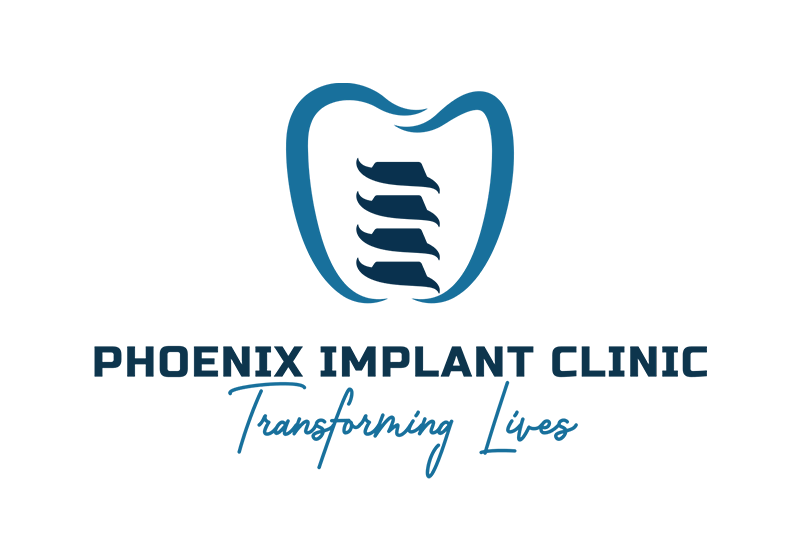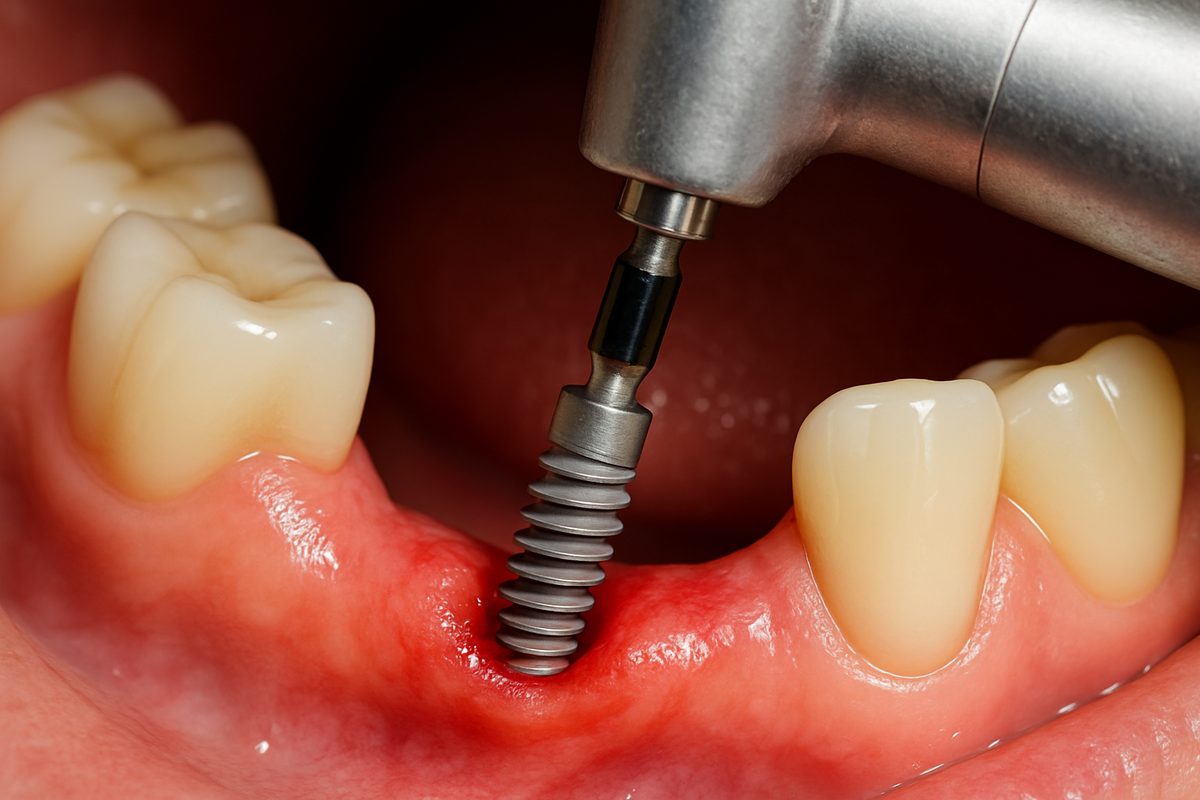A dental implant fixture is the metal or ceramic piece placed into the jawbone that acts like the root of a missing tooth. This guide explains what a dental implant fixture is, how it’s placed, the types and materials used, how to care for it, common risks, and the questions you should ask your dentist. Read on to learn what to expect before, during, and after fixture placement.
What Is a Dental Implant Fixture?
The dental implant fixture is the part that sits inside your jawbone. It is different from the abutment and crown. The abutment connects to the fixture and holds the crown. The crown is the visible tooth replacement. Think of the fixture as the root, the abutment as the connector, and the crown as the tooth you chew with. Proper fixture placement is essential for stability and long-term success.
Types and Materials of Implant Fixtures
Implant fixtures come in different shapes and surface treatments. Common designs include tapered fixtures, which mimic natural roots, and straight fixtures, which have a uniform shape. Surface treatments (roughened or coated) help the fixture bond to bone faster. Material choice affects strength, healing time, and appearance.
Titanium vs Zirconia
Titanium is the most common material. It’s strong, lightweight, and very biocompatible, meaning it fuses well with bone. Titanium fixtures can have a gray color that may show through thin gums. Zirconia is a ceramic option that is white and may look more natural near the gumline. It’s also biocompatible but less widely used and can be more brittle. Allergies to titanium are rare; discuss concerns with your dentist.
How a Dental Implant Fixture Is Placed
Placement usually follows these steps: a clinical exam and imaging (often a CBCT scan) to plan the exact position; minor surgery to place the fixture into the bone; closing the gum and allowing healing; and later attaching an abutment and crown. Many fixtures are placed under local anesthesia. The goal is precise placement to support the final crown and protect nearby structures.
Typical Timeline After Fixture Placement
Healing or osseointegration typically takes 3–6 months, depending on bone quality and location. Early healing includes mild swelling and soreness for a few days. Normal signs are decreasing pain, minor bruising, and healthy gum tissue. Warning signs include severe pain, increasing swelling, drainage, or fever — contact your dental office if these occur.
Factors That Affect Implant Fixture Success
Success depends on bone quality and quantity, smoking, uncontrolled diabetes, oral hygiene, and the skill of the surgeon. Good bone and healthy gums increase the chance the fixture will fuse to bone. Smoking and poor blood sugar control reduce healing and raise failure risk. Follow pre- and post-op instructions closely.
Common Risks and Complications
Possible problems include infection, failed osseointegration (fixture doesn’t fuse), peri-implantitis (gum disease around the implant), and loosening. Early detection helps. Regular checkups and good oral care lower the chance of complications.
Daily Care and Long-Term Maintenance for Your Implant Fixture
Treat implants like natural teeth: brush twice daily, floss or use interdental brushes around the implant, and attend professional cleanings every 3–6 months as recommended. Your dentist may take routine X-rays to check bone levels and fixture stability.
Questions to Ask Your Dentist About Your Dental Implant Fixture
Ask about fixture material and brand, the surgeon’s experience with implants, whether a CBCT scan will be used, expected timeline, possible risks, maintenance needs, and any warranties or guarantees.
When To Call Your Dentist
Call promptly for persistent or severe pain, increasing swelling, pus or drainage, mobility of the implant or abutment, or fever. Quick action can often prevent larger problems.


